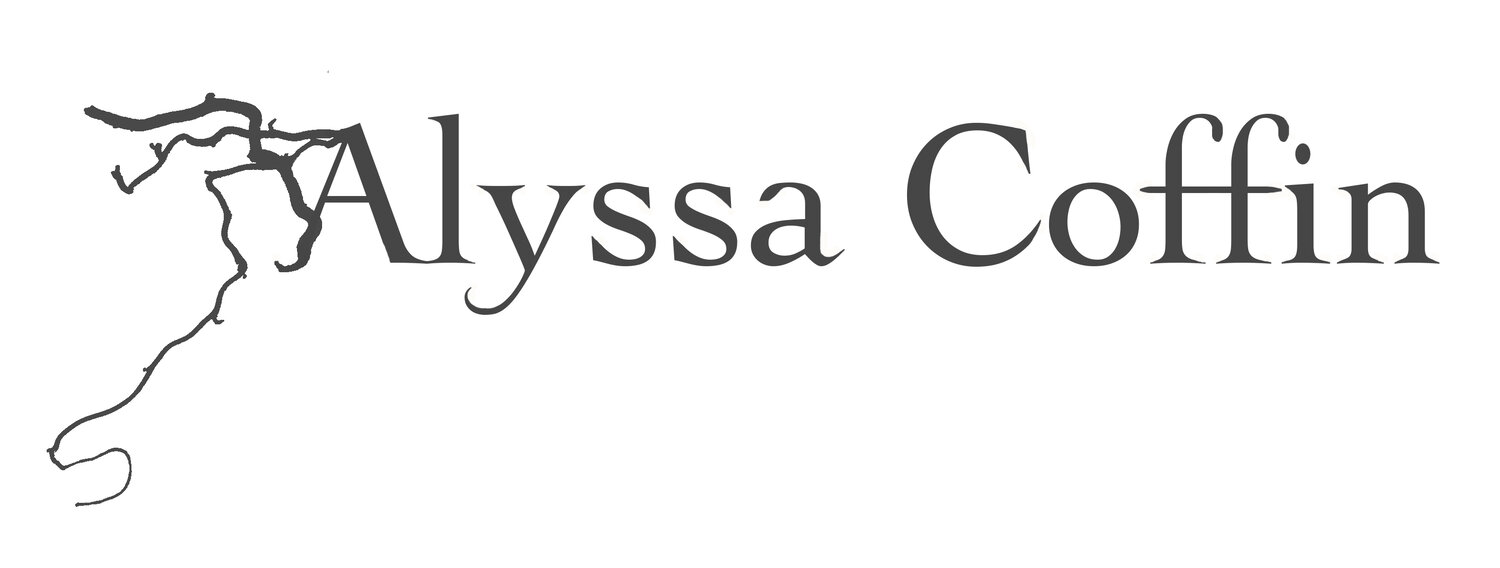Sound piece by Andy Jarema: https://www.andyjarema.com/
The Aftermath, 4x9ft, ink on paper
Wonder for a moment what it might look like if everywhere you stepped left a mark, a stark print of your foot. Or maybe at those corners you hurried and turned swift there would be a messy slash, a primordial mark of your body cutting through air. Can you feel your feet buoyed by that unshakable pull?
We are unconscious choreographers, constantly making decisions about which way to navigate around things, step over barriers and through doors. What would it look like to record the dance of our daily journeys?
Every day thousands of people use the coordination of feet to maneuver their body along trails in the Smoky Mountain National Park. One hiker takes the side of the path that dips down into a maze of roots and another steps up and pushes off of a sequence of rocks. A child willfully spindles along the wooden plank of the mud sill while the mother meanders just behind, the tread of her boots impressing the soft earth.
It’s easy to think of hiking in a park as mere frolicking- the trail cleared for simple thoroughfare. It’s easy to imagine the forest is your very own dwelling when you encounter no one else on the trail, to feel like an explorer, the virgin land loyal only to your feet. In reality, so many feet have trod this ground, so much forest has been rearranged to allow the body passage. Each footprint is remembered by the earth. Each body leaves its trace however subtle– the forest is rendered changed in the wake of each person’s departure.
This movement drawing was a meditation on the absence of bodies and how trails are chroniclers of transience and the passage of a human over time and space. Countless people have been momentarily embodied on the same ground. Their feet smothered grass or wore a little more away of a rock or perhaps their arm broke a branch. A visible mark may be temporal, a hike may start out as a casual day excursion. The tourist will take photos of vistas, their faces imposed in front of scenic horizons and landscape compositions. Yet the ground holds memory of the body’s passage by how it is changed– shifted in its composition of its natural elements, its microbiology. And some hikers misstep and move where the forest was not prepared to permit the body’s passage and their recordable presence is lost.
Everywhere our body moves, the air closes in to fill the space where we have been.* All that is left as evidence is the earth’s topographical “memory” that is no legacy to our specific inhabitance. Rather this ecological “memory” is the landscape proclaiming its ever-shifting identity, reasserting its face in our wake.
I wanted The Aftermath to be an ode to the human topography created by the body’s traversing over the earth along a trail. It is a narrative about a journey over swiftly changing terrain- both physically and emotionally. The Aftermath is a record keeper of presence, even as the trace of footprints speaks of absence, an everyday unconscious choreography of feet. The footprints become the storytellers of movements unseen, the motion of events passed. The additional component of the sound piece brings the narrative into a more sensory experience. The marks and sounds resonate with the coherency of place- all created from and on the same trail. Together they are an echo of movements through confusion, fear, uncertainty, relief and the resilience of hope.
Details from The Aftermath
The Process:
In this site-specific piece, the composer Andy Jarema and I both collected audio recordings of bird, insect, and water sounds as well as our own body’s exertion while hiking on the Andrews Bald trail. Andy then warped the sounds using computer software to twist these natural sounds into a strange musical composition. The piece begins with the recording of buzzing flies that has been pitch shifted, stretched, and magnified resulting in an eerie sweeping sound. This sound repeats throughout the piece becoming the carrier of the tonal movements, in a sense, off the trail and into the dark
When the musical composition was complete, I then hiked back out to Andrew’s Bald with my paper, ink and camera. I played the music over and over letting the sounds compel my movements across the paper. Sound was my primary choreographer and yet as with anything there are many factors that influence the way we move and, in this case, also the marks that ended up on my paper. For one, the day happened to be very windy so my body was responding this invisible force blustering against me and at first the sun was intense causing my ink to dry up quickly. Additionally, there was a steady stream of hikers that came and inevitably wanted to see the view from the platform where I was working. This meant my process was continually disrupted. Some people were curious to learn more about what I was doing and others just found a girl making art in the woods with her feet to be quite a bizarre creature to behold.
photo credit: a friendly hiker




